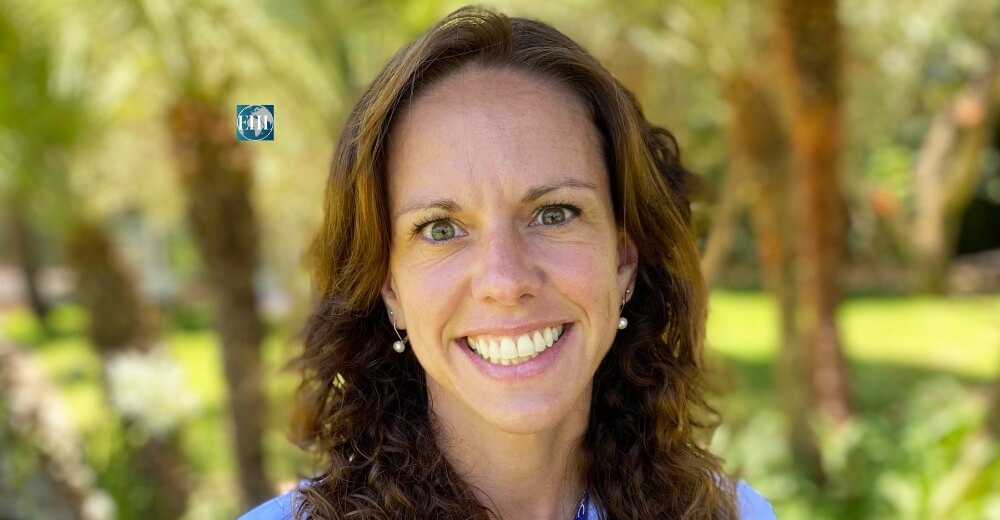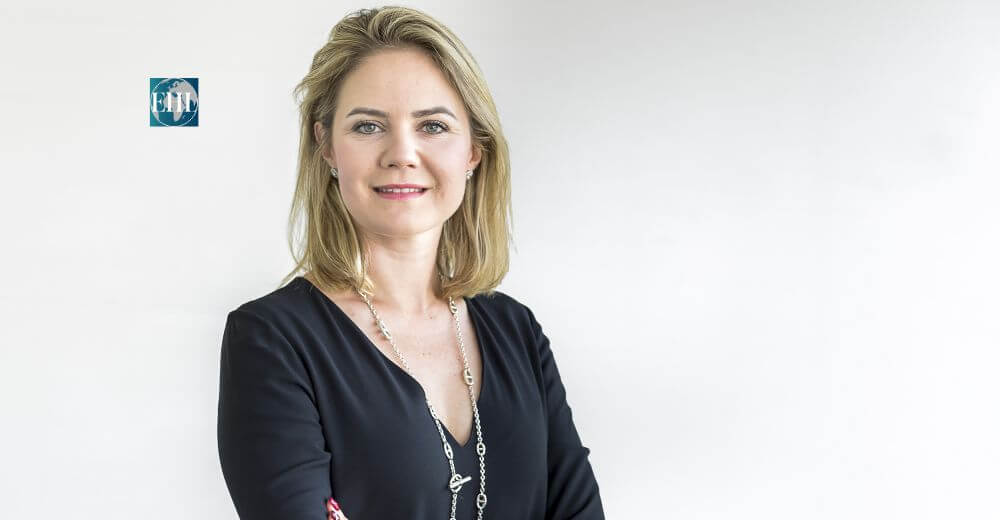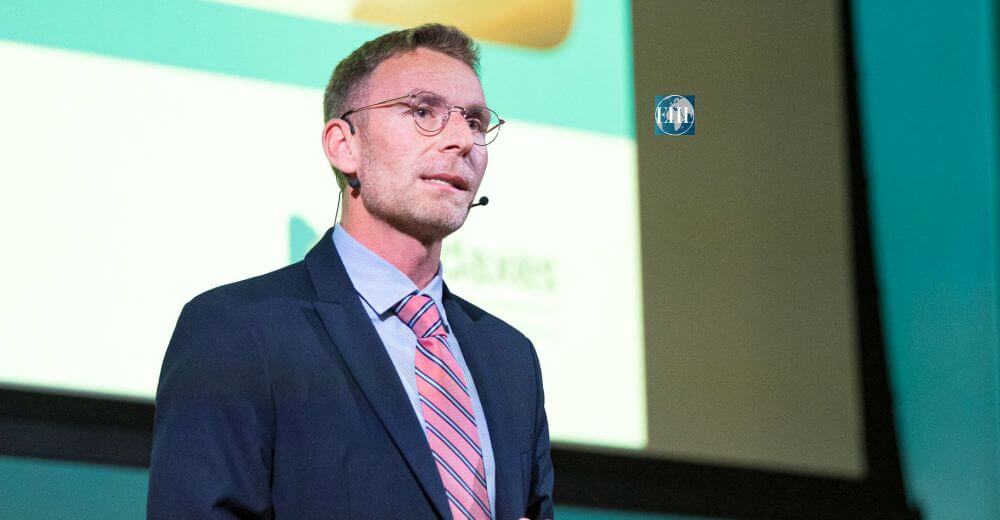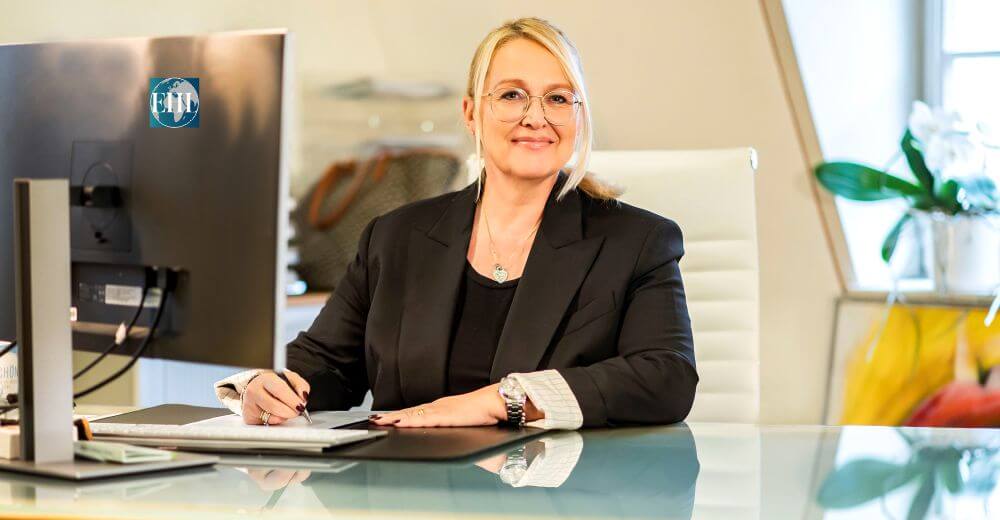In a world where hope meets science, the pioneers of IVF and fertility treatments are shaping the future of countless families. As reproductive medicine rapidly evolves, the need for forward-thinking leaders who combine technological advancement with compassionate care has never been greater. Jordana Mata is one such visionary, whose remarkable journey and innovative contributions make her a leading figure to watch in 2024.
As the Medical Director of HC Fertility at HC Marbella International Hospital, Jordana brings a wealth of experience and resolute dedication to the complex science of fertility. HC Marbella, renowned for its advanced medical services, provides the perfect setting for Jordana’s transformative work. Her drive to enhance fertility treatments is evident in the significant advancements she has led, from implementing cutting-edge genetic diagnosis techniques to introducing less invasive procedures.
Jordana’s career is defined by a relentless pursuit of excellence and a deep-seated passion for reproductive medicine. Her early fascination with embryology and pregnancy during medical school laid the foundation for her distinguished career. Now at HC Marbella, Jordana continues to innovate in fertility treatments, ensuring that each patient receives personalized and advanced care.
Let’s get into the interview details to see how Jordana Mata is paving the way for future generations of fertility specialists, ensuring that empathy and innovation remain at the heart of reproductive medicine!
Please tell us a bit about your background and how you got involved in the field of fertility and IVF.
I started my interest in fertility when I studied pregnancy and embryology as a medical student. The complexity of the beginning of a human life and the multiple events linked together that take place for each one of us to come into this world, utterly amazed me. After becoming a doctor and while I was preparing for the medical residency entrance exam, I had the opportunity to work for several months in a fertility clinic helping one of the specialists and continued my studies in the field during my whole training to become a gynaecologist. Once I got my specialist degree in obstetrics and gynaecology, I kept working at the hospital where I had done the residency, focusing on minimal invasive surgery of gynaecological patients, mainly those who had a gestational desire for the future. At the same time, I started my 3 year-long subspecialty in fertility, where I got the opportunity to consolidate my basal knowledge in the field and start a lifelong career upgrading.
What have been some of the key milestones and achievements in your career so far?
I graduated from medical school with a Gold Medal of Honour in 2003 when I was still very young, and ever since then I have pursued excellence, motivated in giving patients distinctive care. Once I became a gynaecologist and a fertility specialist, I was given the position of Head of Reproductive Medicine and Reproductive Endoscopic Surgery at Sanatorio Allende Córdoba, one of the best private hospitals in Argentina. I got a master’s degree in Minimally Invasive Surgery in Gynaecology in Spain and validated all my degrees to start working in Europe.
Can you share some of the innovative approaches or technologies you have helped implement at HC Marbella International Hospital?
When I started working at HC Marbella, my first motivation was to upgrade the services of the Fertility Unit. The average age of fertility patients is increasing, and, although technology is making quantum leaps forward, the cases of fertility patients are also becoming more challenging every step of the way. Since HC Fertility is part of HC International Hospital, we can count not only on all the technology a state-of-the-art fertility clinic has, but also on the backup infrastructure of a whole multidisciplinary hospital. Working side by side with our embryologists, we implemented, improved and refined several techniques used as genetic preimplantation diagnosis of the embryos, and I also implemented the hysterosalpingo-foam sonography to study the tubes, giving the patient much less discomfort than with the otherwise routinely used hysterosalpingography. Furthermore, we are currently starting to prepare the Unit for future transvaginal radiofrequency ablation of fibroids.
How have you worked to improve access to fertility treatments and support for underserved populations?
While in Argentina, I was part of a public program for fertility treatments and cooperated in collecting medication for patients that couldn´t afford it. I now cooperate giving free online fertility counseling to patients in developing countries, trying to adapt the diagnosis process as well as the treatment to the techniques available at their homeland.
What have been some of the biggest challenges you’ve faced in your work, and how have you overcome them?
My biggest challenge was to renew the fertility unit at HC Marbella when I had just arrived in Europe. As a new medical director of HC Fertility, I was hired to update several aspects of the service, for which I had to not only study the different legislation, but also study the technologies available in Spain and the best way to implement them, so we could give our patients the best option for their fertility problems, always focusing on an accurate diagnosis and tailor-made treatments.
How have you navigated the ethical and regulatory considerations around fertility treatments?
I am a big advocate of ethical issues in our field. I strongly believe that there are unnegotiable topics in fertility, and ethics is the first one. There are certain limits we must not overlook, even in cases where our eagerness to help and the willingness to calm the unease and despair of our patients would make us want to do it. Furthermore, explaining the personal clinical situation according to the studies’ results, the treatment options available with their corresponding success rate in their particular case, and the few but never null risks a technique might have, is key to ensure transparency in the outcome. Regarding the regulatory considerations, in HC Fertility we have many international patients, and it is very important they learn about the Spanish legislation and how those local regulations can change the treatment options available for them; and we, as their fertility doctor, are the ones responsible for giving this information in a certain and clear manner.
Where do you see the field of fertility and IVF heading in the next 5-10 years, and what role do you hope to play in shaping its future?
I believe that artificial intelligence will be the new guiding star of our future, but as with all innovative technologies, our biggest challenge will be to not lose our training and expertise in giving treatments that irreplaceable human touch. I will be one of the fertility doctors that witnessed the whole spectrum of fertility techniques, from simple, low budget treatments to state of the art technologies that allow us to do things we would have been deemed impossible almost 40 years ago, and I will be proud to pass on all that experience to future generations of fertility doctors.
What advice would you give to someone interested in pursuing a career in fertility medicine and IVF?
I would tell them to understand that most of the time we are dealing with a person’s biggest life project. That sometimes that person might have a limited number of opportunities to make it real, and that we have to be fully aware of the responsibility it implies for us. In this field you must put your brain and your heart at service, every day, and commit to keeping yourself updated, in a field that progresses rapidly and will challenge us every day of our career until we finish our service as doctors.









